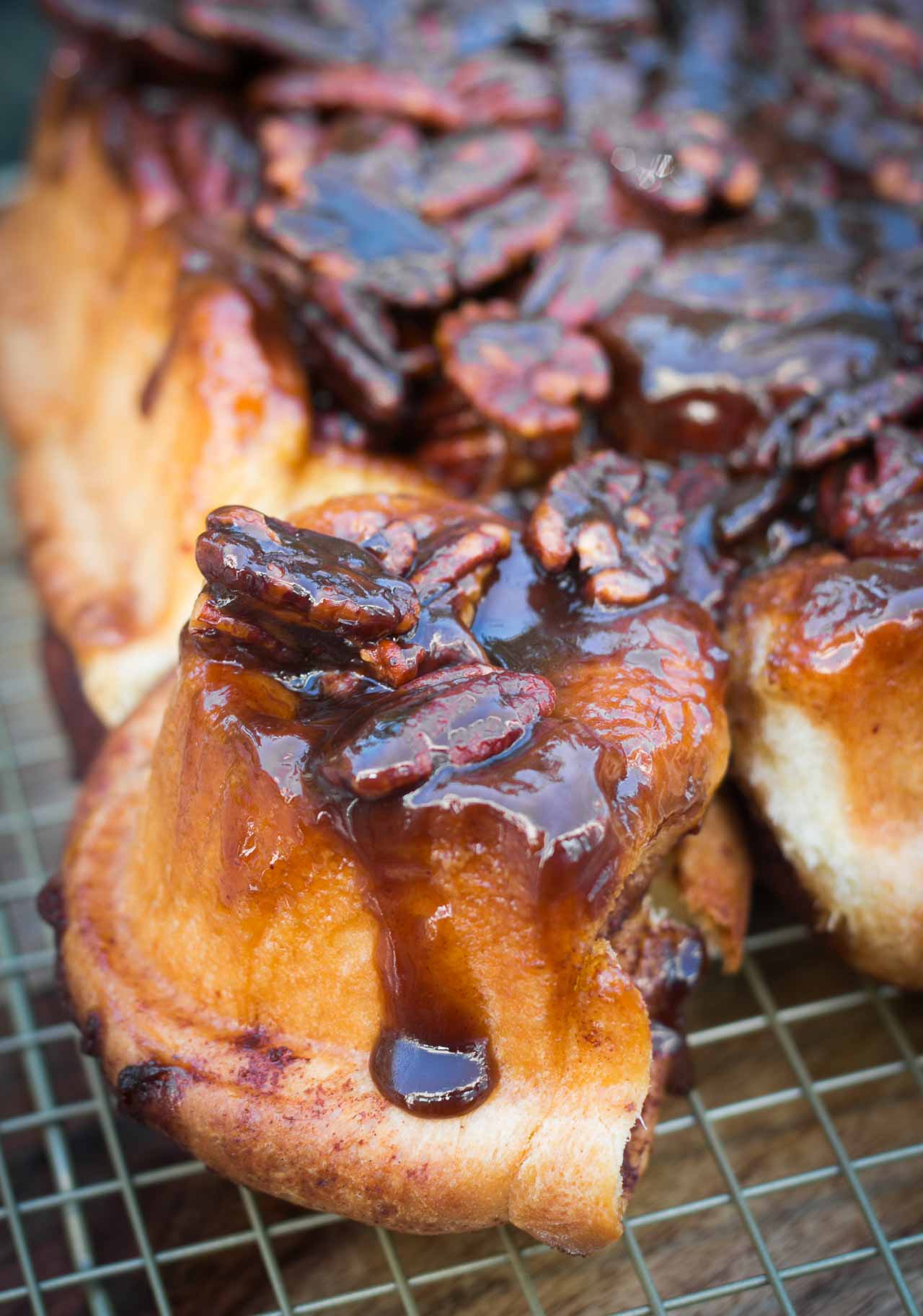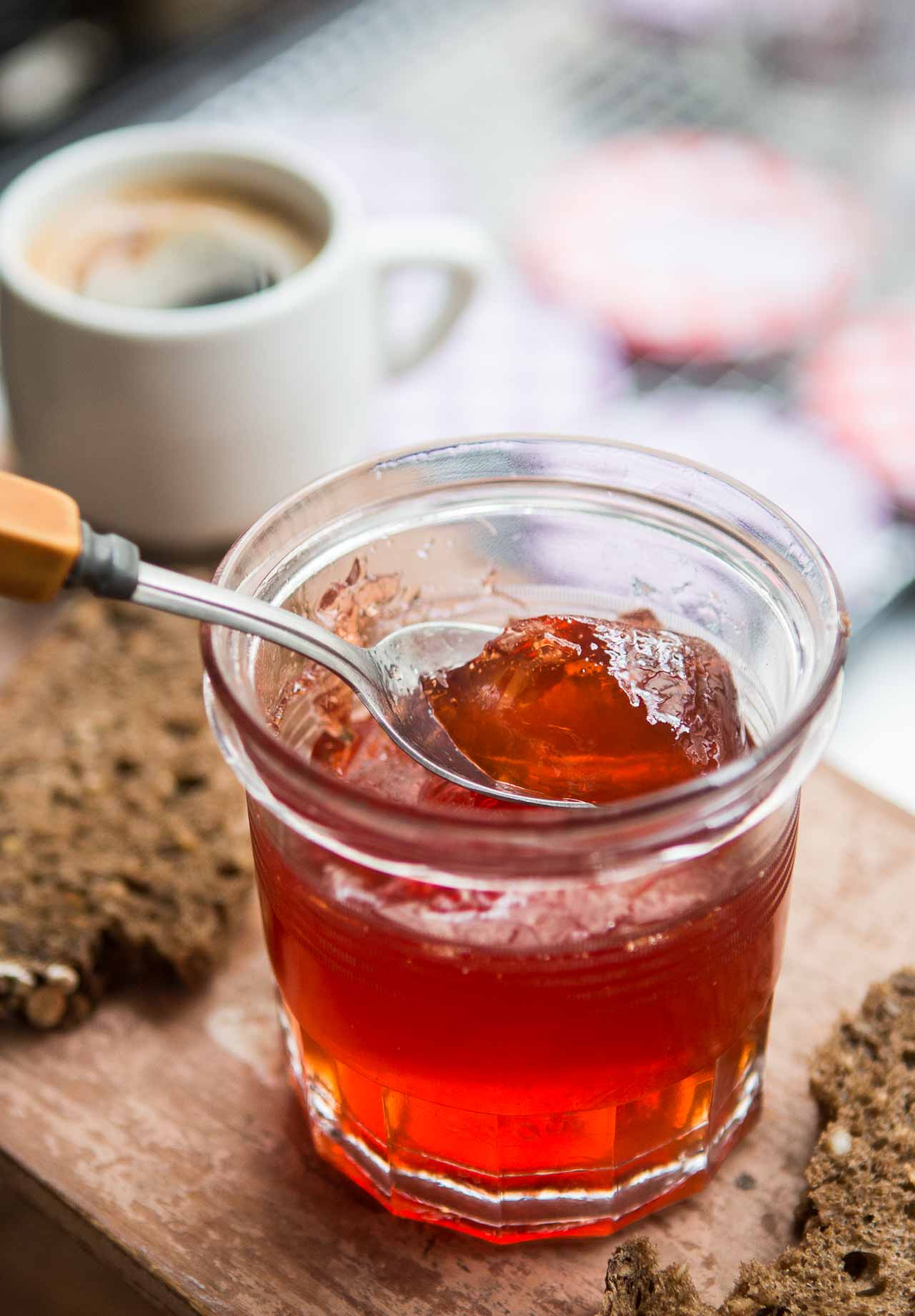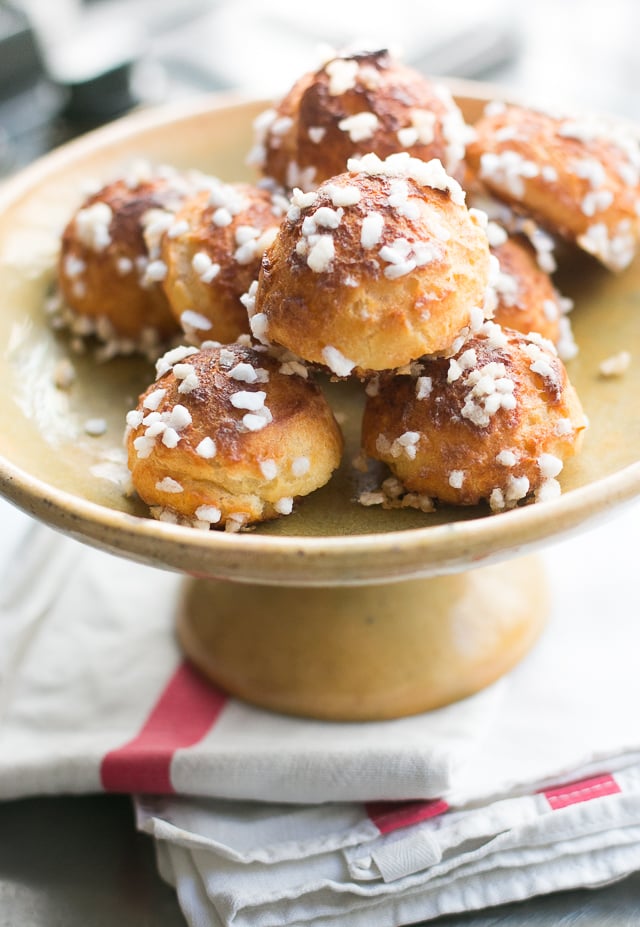Espresso in Rome at Sant’Eustachio
The famous Italian “30-Second Breakfast” of a espresso and a pastry, consumed quickly at the counter, before sprinting off on your Vespa, is one of the charms of Italy. The coffee is so good no matter where you go, from small corner caffès to trattorias and pizzerias, the end of a good meal is always punctuated with a shot of espresso. Each time I sip a tiny, sweetened ristretto (a very small, or “short” espresso), I can feel the tears welling up in my eyes (yes…really, I’m a romantic).
I stand at the counter while the barista lowers the handle on the powerful espresso machine, watching the thin trickle of aromatic liquid. The bartender loudly clanks the espresso saucer on the counter with a tiny spoon and perhaps a packet of sugar, then moments later presents me with a teensy cup of very hot, toasty and deeply flavorful liquid.
Just a sip or two, then it’s gone; the perfect espresso.
And in Rome, one must make the pilgrimage to the most famous espresso in the world… Sant’Eustachio.
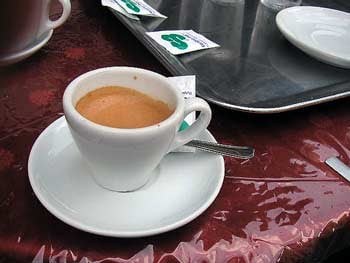
The espresso at Sant’Eustachio in Rome is so well-regarded that William Grimes of the New York Times advised those in the US seeking the perfect espresso, “…When the need for a real espresso becomes overpowering, buy a ticket to Rome, tell the taxi driver to head straight for the Sant’Eustachio cafe. The espresso will be perfect. A little expensive, but surely worth the trouble.”
The perfect espresso requires a few factors: the pressure of the machine, the quality and grind of the coffee beans, how often the machine is cleaned and serviced, the skill of the machine operator and many feel, most critically, the water used.
(And in spite of what many people think, there is much less caffeine in espresso. Unlike drip or plunger-style coffee, the coffee extraction for espresso is so rapid and powerful, there’s too little time for much caffeine to be extracted from the coffee.)
No one at Sant’Eustachio will reveal their secret for the crema that tops their espresso, which is a thick layer of frothy cream that floats on top of the espresso, which experts claim should float the sugar for exactly 3 seconds before it begins to sink in and dissolve.
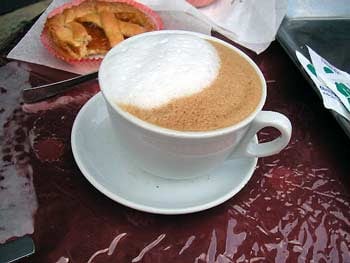
I have to admit, no one at my table was swooning over their espresso or cappuccino. The famed crema sat on top of the coffee like a thick, cranky layer of froth that refused to budge, rather than the delicate layer of silky bubbles that beautifully frames the rich brown, steaming liquid pressed into the tiny cup. I tend to agree with those that claim the secret of San’Eustachio’s espresso is a tiny bit of bicarbonate of soda added to their water (since acid neutralizes the taste of bicarbonate of soda, the slightly-bitter espresso would indeed eradicate any trace of that ‘soapy’ flavor). That foam was suspiciously rich and stubborn and I had to press down on the sugar, and stir, to get it into the espresso.
Note that the coffee was pricey here, compared to elsewhere. Most caffès charge perhaps 80 centimes (about $1) for an espresso at the counter, whereas here it’s almost three times the price. But admittedly, no one here seems to stand at the counter…most opt for the tables in the lovely, placid Piazza Sant’Eustachio overlooking the church. An unusually quiet little square in the middle of Rome.
Sant’Eustachio
Piazza Sant’Eustachio 82
Rome
Tel: 06-6880-2048








